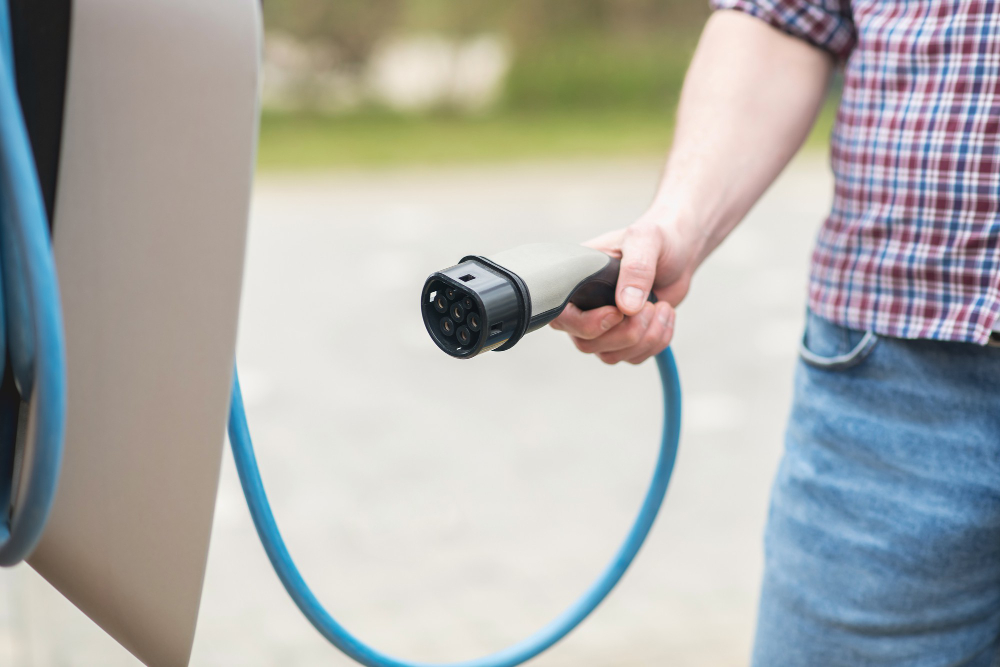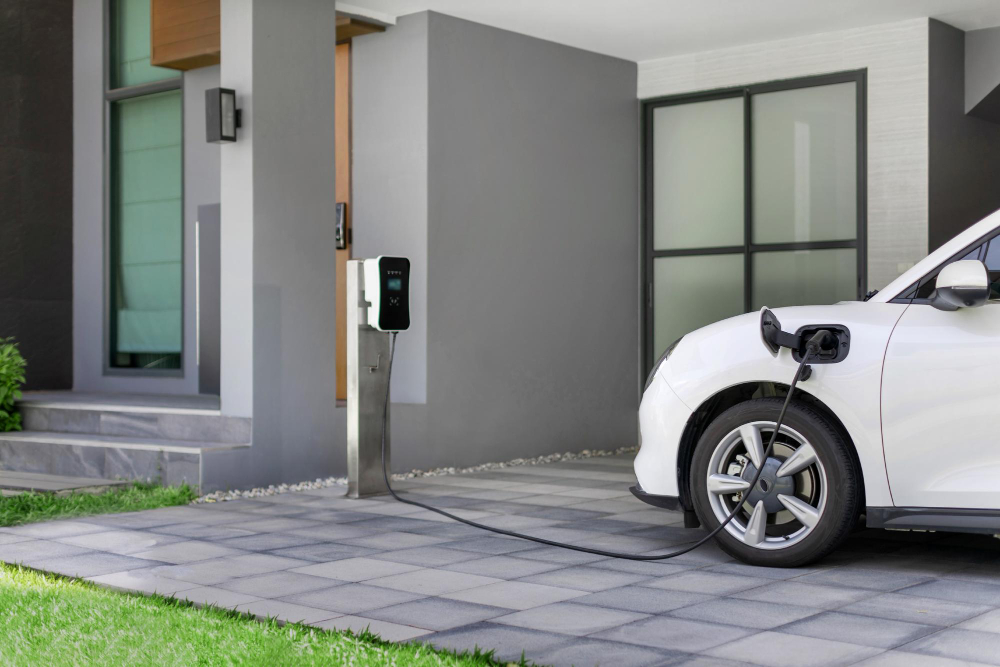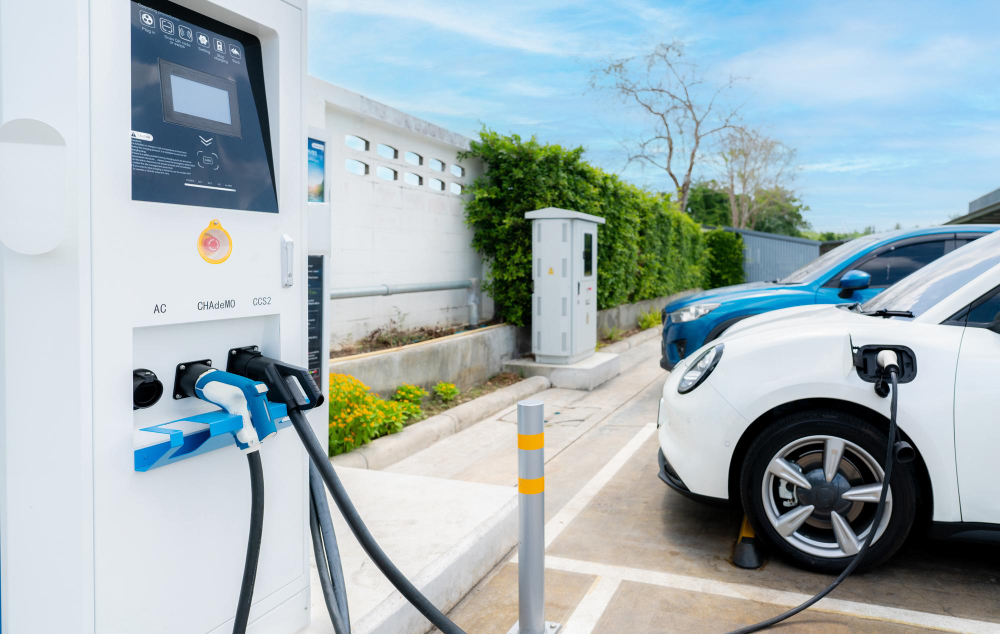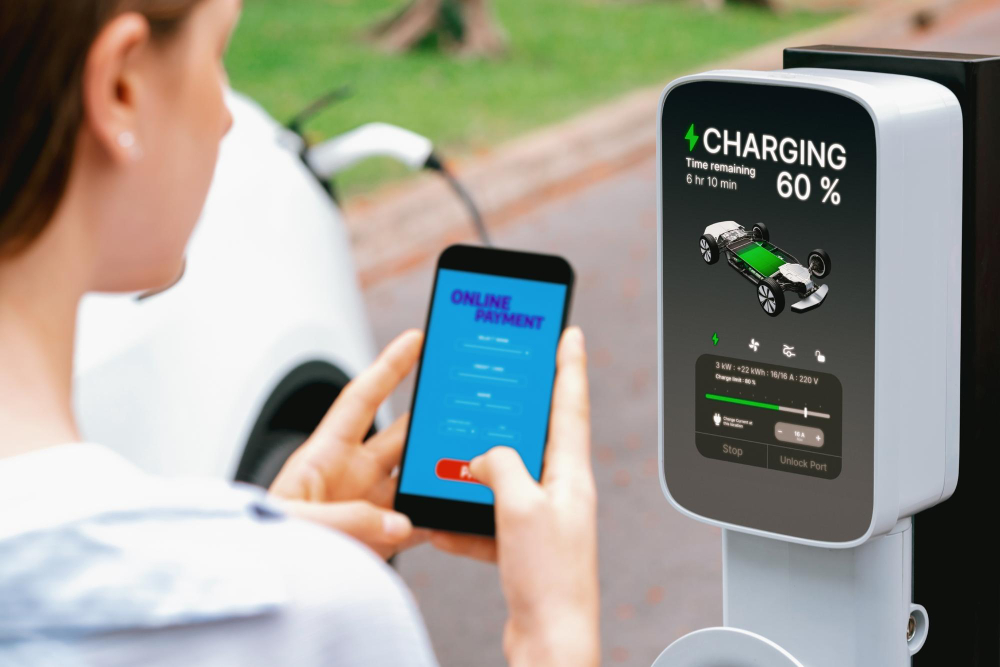If you’re new to electric vehicles or thinking of installing a charger at home or work, you’ve probably come across a mix of confusing plug names.
From Type 1 to CCS2, the variety of EV plug types can be a bit overwhelming at first, but it doesn’t have to be. Understanding which plug your car uses and how it connects to different chargers is key to a smoother experience, whether you’re charging in your garage or at a public station on the road.
Australia has largely standardised its EV infrastructure over the last few years, which means most modern electric vehicles are compatible with the same plug types. However, not all EVs are built the same, especially when it comes to older or imported models. Some use outdated plug types that aren’t always supported at newer public stations.
To help you avoid the hassle of arriving at a charger only to realise it’s not compatible, here’s a breakdown of the most common plug types and how they work.
Type 2: The New AC Standard
Type 2 plugs are the standard for AC charging across Australia. They’ve replaced the older Type 1 plugs and are used in almost all new EVs sold here since around 2019. These plugs are versatile and they support both single phase and three phase AC charging, which makes them suitable for everything from overnight home charging to faster top ups at commercial stations.
A big part of their appeal lies in their design as the type 2 plug includes five large pins for power and earthing, plus two smaller pins that manage communication between the vehicle and the charger. This setup ensures a safer, more efficient charge and helps prevent overloading.
So, if you’re shopping around for a new electric vehicle or a home EV charger, chances are the Type 2 is the one you’ll need. It’s the plug type most commonly used in residential charging stations, especially across Australia where local standards have aligned with European plug design.
CCS2: The King of Fast Charging
While the Type 2 plug handles most home and slower commercial charging needs, the CCS2 (Combined Charging System) takes things to the next level. This plug is designed for DC fast charging and is widely supported across Australia’s growing network of public EV charging stations.
The CCS2 is essentially a modified version of the Type 2 plug that features the same top section for AC charging, but adds two large DC pins underneath which allowing for extremely fast power delivery. Because of this dual design, EVs with a CCS2 port can use both regular Type 2 AC chargers and CCS2 DC fast chargers without needing any adapters.
This flexibility makes CCS2 plugs especially valuable for long distance driving, and as DC fast chargers become more common across Australia, the CCS2 is quickly becoming the standard for most new EVs.
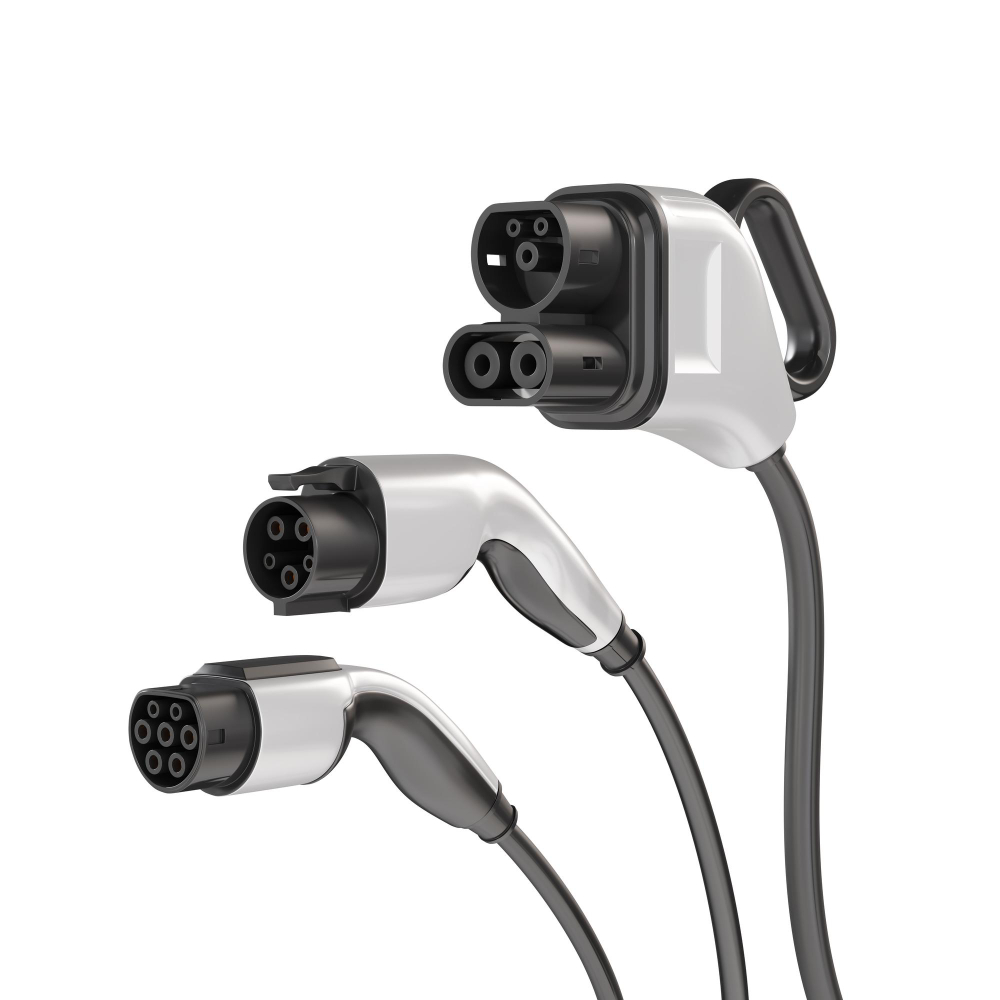
What About Type 1 and CHAdeMO?
Not every EV on the road today is fitted with Type 2 or CCS2 plugs. Some older or imported models still use plug types that are now considered outdated in the Australian market.
Type 1
Type 1 plugs were once fairly common but are now mostly seen on early-generation EVs or vehicles brought in from countries like Japan or the US. These plugs are limited to single phase AC charging and are gradually being phased out in favour of Type 2.
CHAdeMO
Then there’s CHAdeMO, a plug type originally developed in Japan. It was widely used in the early days of EV adoption and supports DC fast charging. However, CHAdeMO is slowly disappearing from public stations in Australia as newer EVs transition to the more versatile CCS2 system. While some cars still include CHAdeMO ports, they often come with a secondary Type 2 plug for home charging.
Why Plug Compatibility Matters
Matching the right plug type with the right charger is not only convenient, it also affects how fast and safely your vehicle charges. Using an incompatible plug or the wrong charger type altogether, can lead to slower charging, added wear on your battery or even the need for expensive adapters.
It’s also worth keeping in mind that not all public chargers support every plug type. Some high speed stations cater exclusively to CCS2 equipped vehicles, which means drivers using Type 1 or CHAdeMO plugs may struggle to find suitable locations, especially outside major cities.
Before you commit to a new EV or install a charger at home or your business, it’s worth checking your vehicle’s plug type. This will save you time and avoid unnecessary costs in the future. If you’re looking to install a charger at home, set up a charging point for your business, or equip a public space, it’s worth getting it right the first time. We’ll help you stay ahead with smart, compatible EV solutions that make charging simple, wherever you are.

